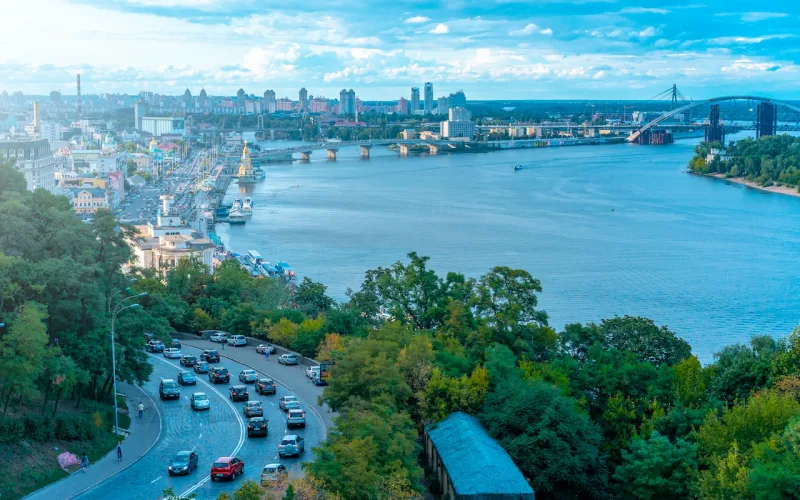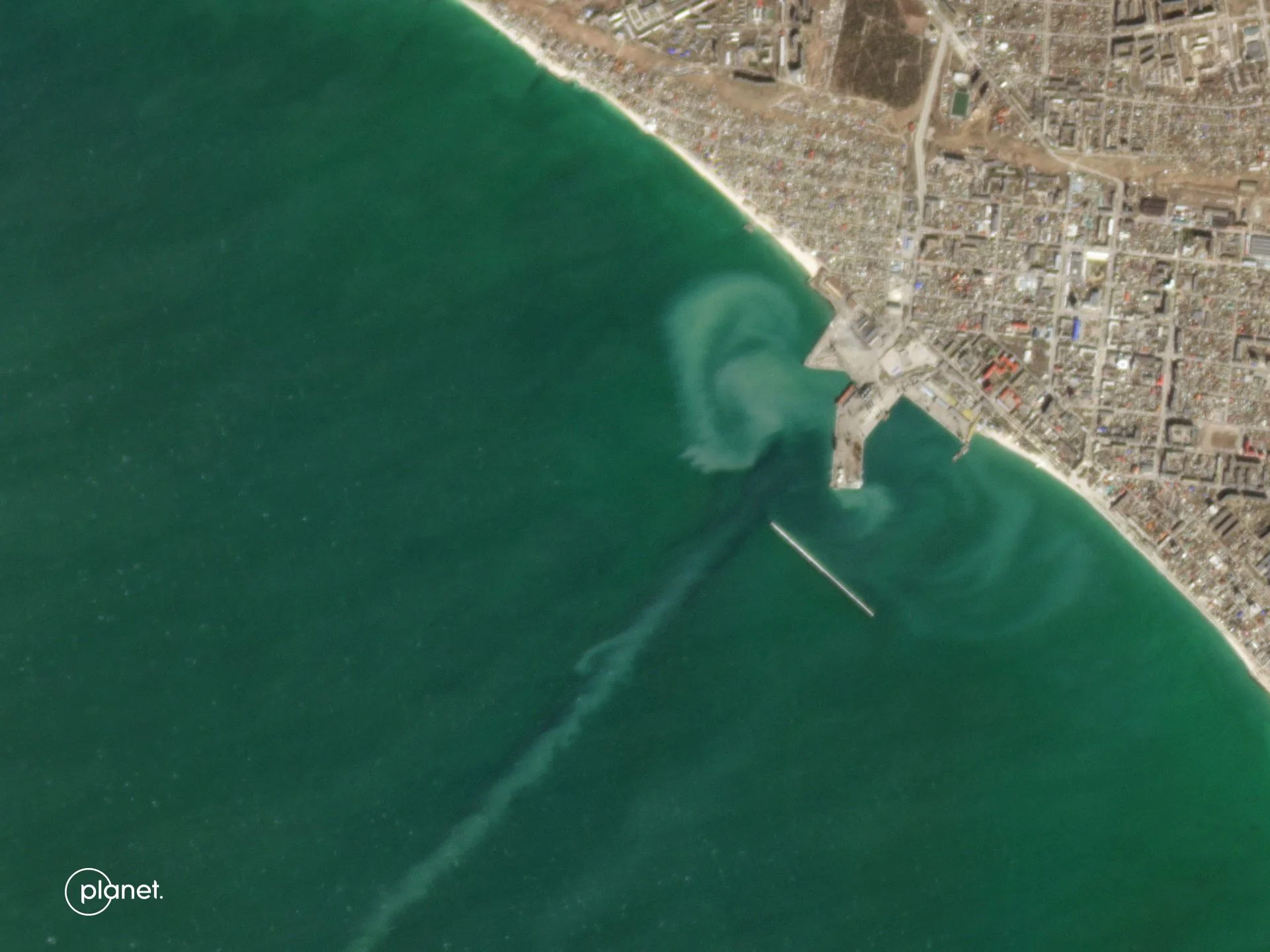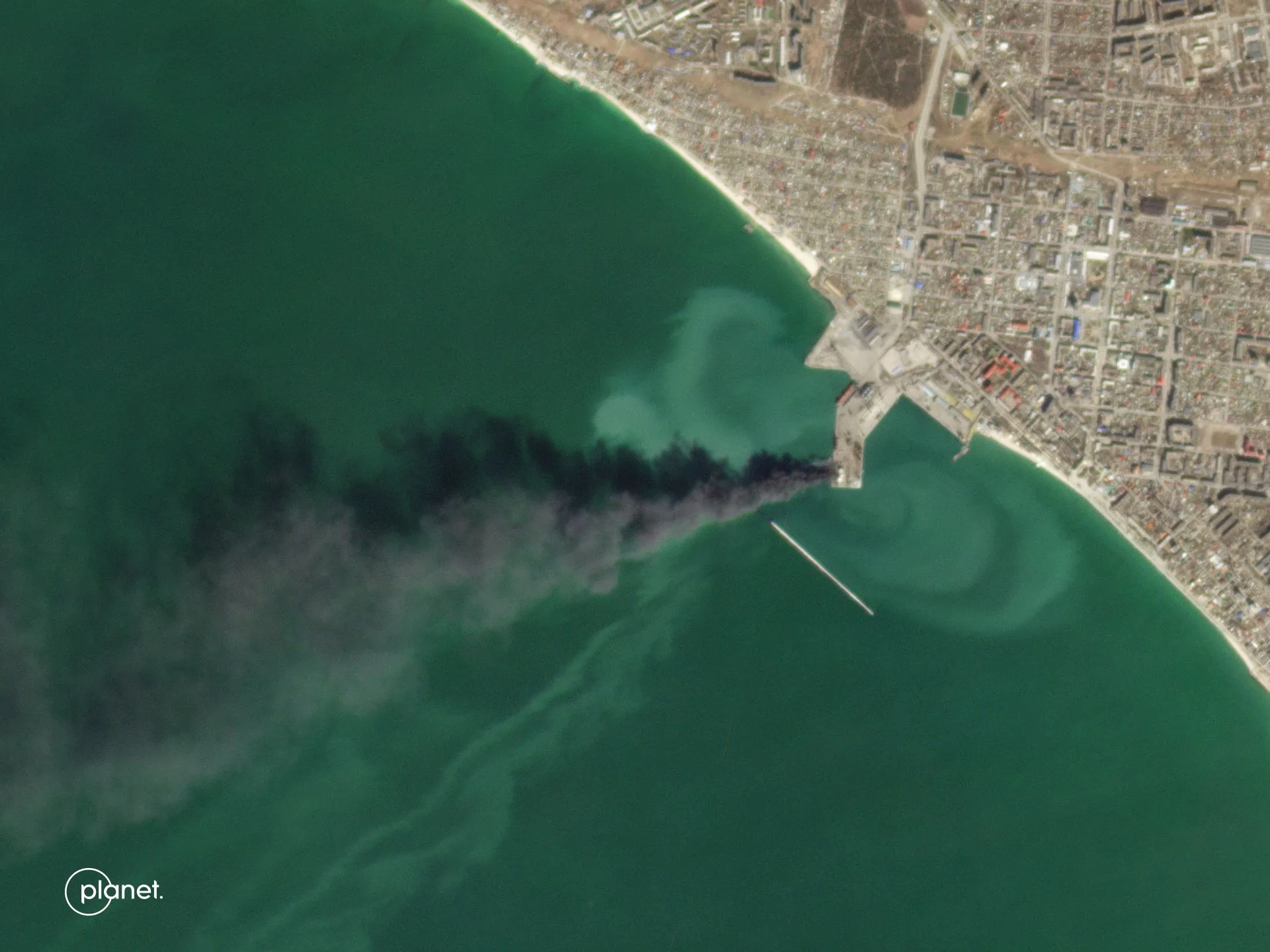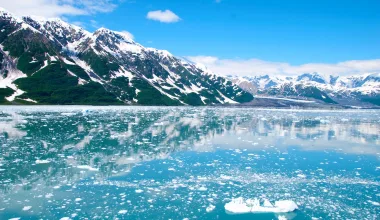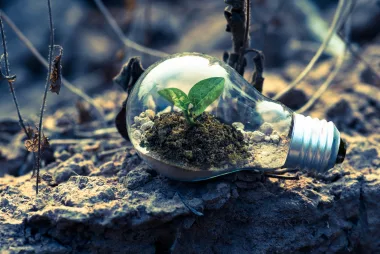Last Updated on April 26, 2024 by Ecologica Life
The War in Ukraine is now in its third year. There has been a devastating loss of life on both sides. The war has resulted in tens of thousands of deaths, millions of displaced people and extensive environmental damage.
The UN Environment Programme (UNEP) and partners have been monitoring the crisis in Ukraine since last year and have found evidence of a harmful legacy that will affect present and future generations.
Table of Contents
The Unmentioned Casualty of War
The environment is usually the last casualty accounted for in war. Research has shown that war has a lasting negative impact on the environment. The soil in Belgium near Ypres still contains more than 2,000 metric tonnes of copper in them from World War I. Wartime shipwrecks have been shown to affect aquatic life. In 2018, more than 3000 people in Kabul died from diseases linked to air pollution caused by the Saur Revolution.
A year of fighting in Ukraine has left deep wounds in the country’s natural landscape and ecosystems. Large areas of farmland, forests and national parks have been devastated by the conflict.
There has also been damage to many industrial buildings, warehouses and factories, some of which contained a variety of materials that are hazardous to human health, such as solvents, ammonia and plastics.
Ukraine’s air and water are reported to be severely polluted compared with pre-2022 levels. This pollution will have short and long-term negative health impacts on the Ukrainian population.
It will also have a wider environmental impact on global climate change, at a time when Europe and the world are trying to reduce their carbon footprint in order not to exceed the 1.5ºC limit set by the Paris Agreement. An agreement we are still fighting to uphold if we are to avoid serious environmental consequences.
Europe’s largest nuclear power plant, Zaporizhzhia, is regularly shelled, raising the possibility of a nuclear disaster in a country with vivid memories of the Chernobyl nuclear accident.

The risk of nuclear incident may be exacerbated by Putin’s recent claim that he is deploying nuclear weapons in Belarus. Although NATO has dismissed this as a scare tactic, as the US hasn’t actually seen any movement of nuclear weapons into the Belarus region, and anyway, the range of the nuclear weapons in Russia’s arsenal means they don’t need to be deployed to Belarus for them to be used.
Sources of water pollution included abandoned coal mines, many of which can be found in the Donbas region. A mine cannot be permanently abandoned once it has been closed. There is still work to be done, such as the continuous pumping of water to prevent heavy metals such as mercury, lead and arsenic from contaminating the reservoirs.
Even since before the war began, the management of these mines was limited, as the pro-Russian separatists lacked the motivation and resources to carry out the necessary maintenance. As a result, the mines are abandoned and flooded, polluting water that should be used for agriculture and drinking.
How are the Ecological Costs Assessed?
According to the Ukrainian government, Ukraine has suffered more than €48 billion in environmental damage since the start of the war. This includes contamination from the bombing of thousands of facilities containing toxic and hazardous materials, as well as damage to air, forests, soil and water quality. It also includes contamination from weapons and ammunition.
However, some environmental costs are difficult to quantify, such as the loss of species and entire ecosystems. Ukraine is home to 35% of Europe’s biodiversity, but this may be significantly less after the war as wildlife is killed by shelling, bombing and fires. Lack of food and drinking water are also problems for many species.
The Ukrainian government has reportedly documented over 2,300 cases of environmental damage, and intends to use this evidence to hold Moscow accountable for the economic costs of the pollution.
The Ukrainian government is also receiving assistance from UNEP to carry out on-the-ground impact assessments – no easy task, given the scale and dispersion of the damage. UNEP provides a map on its website showing the documented environmental consequences and risks of the fighting in Ukraine.
In a special task force led by Ukraine’s state ecological inspectorate, about 100 people are gathering evidence of Russia’s environmental damage. When possible, they travel to polluted areas to collect samples and provide photos, videos and satellite data.
Alongside the Ecological Inspectorate of Ukraine, several NGOs (non-governmental organisations) such as PAX have also stepped up to track the environmental impact of the conflict, with the aim of providing information to global organisations such as the United Nations Environment Programme to help them identify regions at high risk of pollution and contamination.
The government has also launched a mobile application called EcoZagroza, which translates as ‘environmental threat’, which allows anyone to post pictures and videos of environmental damage they have seen. The app also provides data and statistics on air quality, radiation exposure and other environmental health factors.
How Can Ukraine Take Legal Action?
There are few legal avenues open to Ukraine to pursue the cases it is compiling.
Ukraine intends to use its own courts to prosecute the Russian military for environmental crimes. The deliberate and systematic destruction of ecosystems is called ecocide and is a crime in Ukraine.
But it can be difficult to prove that an attack was ecocide because it has to be proven that there was intent to cause environmental damage.
Ukraine can’t use the International Criminal Court (ICC) to make its case for environmental damage as the court because it doesn’t deal with environmental crimes and doesn’t recognise the crime of ecocide, despite a push by Western countries to expand the court’s mandate. However, The ICC has issued an arrest warrant for President Putin for war crimes, but it is unlikely that Putin will ever face trial for the crimes of which he is accused.
The Future of Ukraine
The future of Ukraine is still up in the air, with military experts saying that the Russian offensive is slowing down and that the Ukraine’s counter-offensive in the spring may be the decisive factor in the outcome of the war.
Regardless of how or when the war ends, a comprehensive analysis of the overall impact of the war will be needed to set priorities and to provide a basis for organising clean-up, rehabilitation and reconstruction.
Repairing damaged infrastructure and buildings will consume huge amounts of resources and could emit large amounts of greenhouse gases and other pollutants. This must also be included in the tally of environmental costs.
By ‘building back better’, or at least using climate, biodiversity and circular economy principles, to determine what, how and with what to build, these costs can at least be reduced, and Ukraine’s future could be marginally greener than before the war began.
Long after the war is over, severe land, water and air pollution will remain in many areas of the country. Destroyed buildings can continue to release carcinogenic dust long after they have been destroyed.
Life in rivers and other bodies of water is being wiped out by heavy metals and pollutants that contaminate underground waterways and water supplies. Soils in areas of armed conflict become unsuitable for agriculture as plants absorb and accumulate the contaminants. It is estimated that ammunition takes 100-300 years to degrade in the environment.
It will be extremely difficult to decontaminate the heavily contaminated areas and remove the war zone debris, which will then have to be disposed of safely. This overwhelming task can only really begin once the conflict is over.
